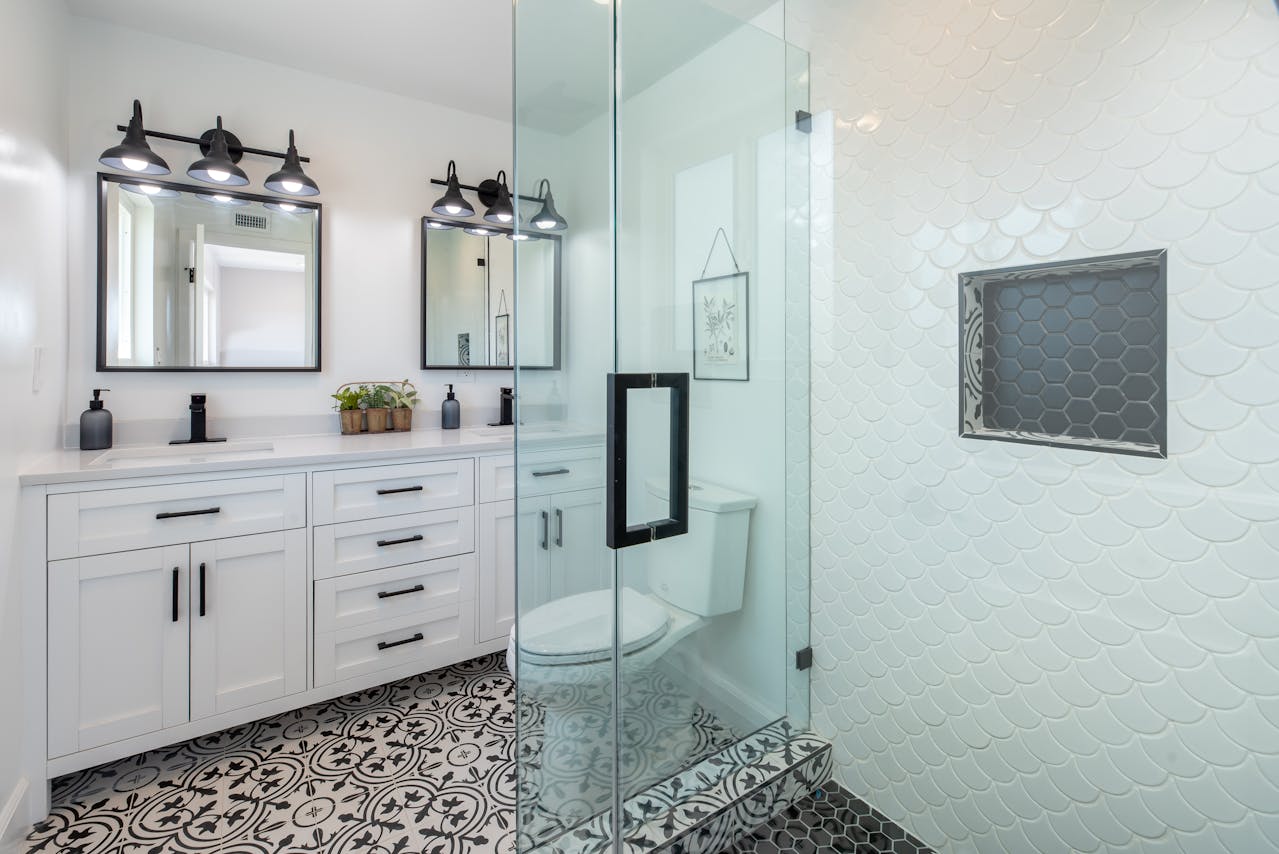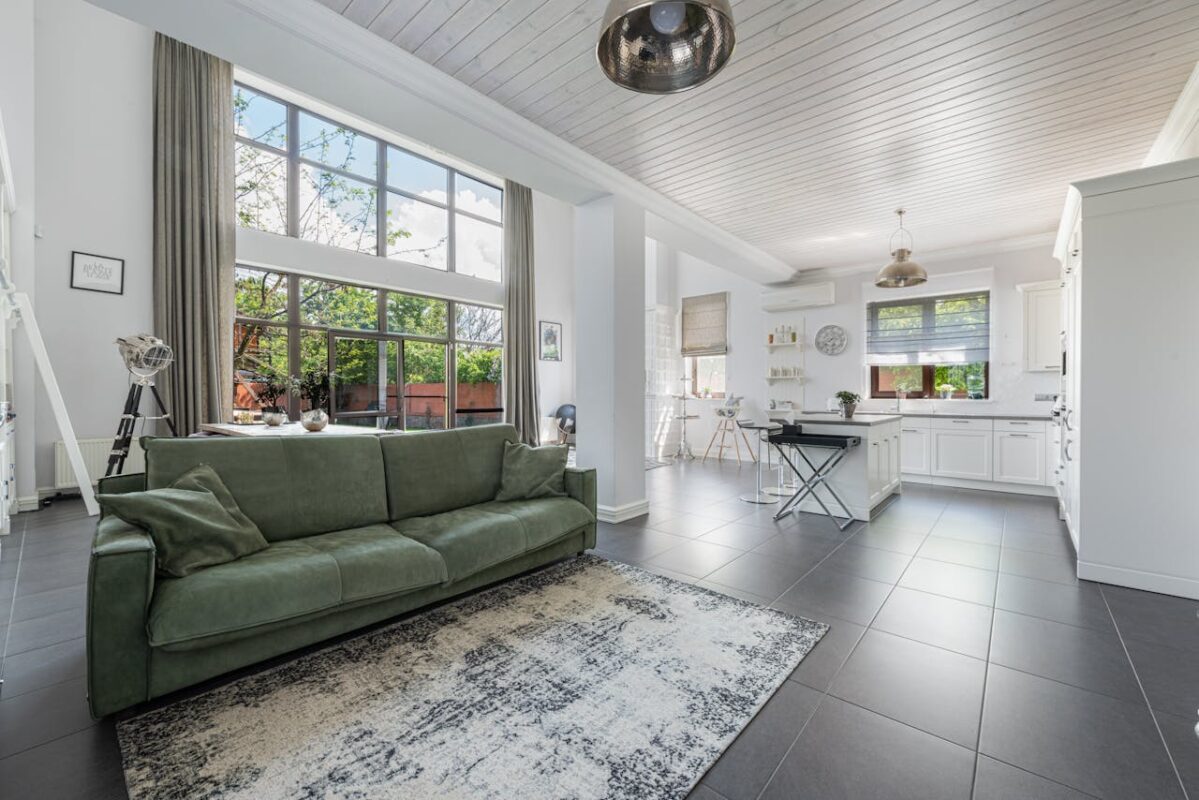Finding the perfect tiles for your home renovation project

It is important to choose the right tiles for your home renovation. Often, we are confused about the kind of tiles which could elevate our spaces, and which ones would not be a good fit. We might get help from our friends and extended family who might have renovated their homes recently, so they could be of some assistance in choosing the perfect tiles.
Well, the bottom line is this: Not everyone is attuned to the patterns, varied shades of colours and dynamics of spaces. A simple suggestion could change the whole vibe of your space.
Here is a step-by-step guide that can help you make the best choices and develop a discerning eye in you so that you can build wonderful homes, renovate them, and create incredible spaces by choosing the right tile with the right shade, size, and design.
1. Identify the overall vibe and vision
Before exploring the perfect tiles and designs you wish to incorporate into your home spaces, you must contemplate the overall atmosphere you desire to capture.
There are three types of vibes you can initially categorise your home renovation into:
a. The Modern Look: If you admire sleek minimalistic layouts and designs, you could opt for large-size porcelain tiles or polished stone. You can explore neutral shades and even geometrical design—very famous in the cubist era—that portrays contemporary and artsy aesthetics.
b. The Classics: Some people love a timeless look that ages well, something “that is never old”, an elegant vibe so to speak. If this is the overall atmosphere you are going for, you must look into subway ties, hexagons, or mosaics.
c. The Rustics: If you prefer a cosy, natural and homely setting, you should choose tiles which mimic a natural substance like wood, natural stone, or terracotta. You can also think of warm, earthy tones, and textures that add character.
2. Consider durability and usability
Before choosing tiles, know where they are being used. Not every tile is created equal in terms of durability and usability. Some of the tiles could suit better for areas of your home, depending on several factors:
a. Areas with high traffic: Certain areas in your home, like living rooms, and hallways need durable tiles which are resistant to wear like Porcelain tiles. You can identify a high PEI rating which can inform you how well the tile can handle foot traffic.
b. Wet surface areas: Bathrooms and kitchens require tiles which are moisture-resistant. Substance like porcelain has a low water absorption rate and is a perfect fit. Pick tiles with textured surfaces to avoid slipping in such areas.
c. Outdoor areas: To renovate tiles for your porch, patio, or deck choose frost-resistant tiles with good slip resistance or something that has a texture. Outdoor spaces tend to be exposed to variations in natural weather. Take such things into consideration. (tile examples)
3. Inspect the materials of your tiles
For making informed decisions you should be informed about the pros and cons of different tiles:
a. Porcelain: These tiles are durable and resistant to strains and moisture. It is available in various colours and finishes.
b. Ceramic: Ceramic tiles are an affordable option for you. It works best for walls, and floors relatively having low to moderate levels of traffic. They cut and install more easily than porcelain.
c. Natural stone: These tiles are very unique. They are imbued with a luxurious and natural look like that of granite or marble. But they require regular sealing and maintenance.
d. Glass: Glass tiles make your spaces more spacious. They have a reflective quality and add perfectly to a modern look. They are easier to clean but are also more fragile.
4. Matching your tiles with your overall colours
If chosen wisely, new tiles can provide your spaces with a fresh hue and elevate your overall ambience, when put alongside existing décor. They influence the atmosphere of your rooms significantly transforming your spaces with freshness.
Know which colours could work for your walls and floors. By getting a colour guide you can visualise colours for your living room, bathrooms, personal spaces, and outdoor spaces deciding which shades to keep, and where to mix different hues or different colours.
Different colours work best in various scenarios.
Let’s go through them briefly:
a) Neutral Colours: Shades of greys, whites, and beiges can fit into any design. They are the best colour if you want your home to feel open and spacious.
b) Bold Colours: If you want to create a background, or a feature wall to make a statement, consider a bold colour. One thing to be kept in mind is the overuse of these colours; balance is essential.
C) Finishes and textures: Glossy tiles reflect light better, making the spaces feel bigger. Matte tiles can offer a more contemporary feel, whereas textured tiles add a little depth and interest which is perfect for adding character and uniqueness to your home renovation project.
5. Pre-plan before you begin
For your home renovation to be near perfect, pre-planning, measurements, and proper installation of the tiles become necessary.
First things first:
a) Evaluate your space: Only after knowing the total area where tiles are to be installed, you can purchase the accurate quantity of tiles. It is essential that you spare an additional 10-15 % of the total square footage to allow for cuts and debris.
b) Making a layout plan: Before starting, create a plan for the arrangement of your tiles. Start from the centre of the room to keep things in symmetry. Using tile spacers will assist you in maintaining uniformity and equal spacing.
6. Ask an expert
When in doubt, it is preferable to leave some tasks to the professionals.
How may they be able to help:
a) Interior designers: They can help you pick up the best tiles that are consistent with your overall vision. They can suggest perfect colour schemes assisting you with the layout design as well.
b) The architects: They can offer insights about the choices of your tiles and how they fit the overall renovation project while advising on structural considerations.
c) Tile experts: These professionals can assist you with the technical aspects of the tiles like installations and maintenance, ensuring your tiles are both beautiful and practical.
Finishing your home renovation: Finalising tile choices
Choosing tiles for your home renovation might be challenging, but these suggestions can help you opt for the right ones for your house. Start with your preferred style and aesthetic. Consider colours, patterns, and textures that match your décor. Don’t forget to take the tiles’ function into account like traffic of said spaces where the tiles are to be installed, moisture, maintenance levels and so on.
The durability and ease of cleaning will be determined by the demands of the space. Tile size and setup are also significant. Smaller tiles provide details to a tiny area, while larger tiles make it more spacious. Consider that grout colour and spacing can also completely affect the appearance of the room.
Finally, examine samples in your home in different kinds of lighting throughout the day. Your home’s lighting may alter the appearance of the tile as compared to the store. When you integrate aesthetics and practicality, you’ll be able to pick tiles that look appealing and complement your lifestyle. Happy tiling!

